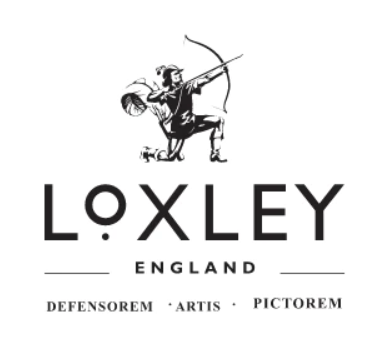How to choose the right colours to complete a watercolour palette

The term ‘palette’ in painting is used for both a surface that you mix your paints on and for the group of colours that an artist uses for painting. Loxley offers Artists two different Empty Watercolour Palette Boxes. Our Loxley Enamelled Box is superior quality and is great for field sketching due to its compactness. The finish is black enamelled on the outside with white on the inside. There is a thumb clip holder on the base for ease of holding whilst painting and the lid when open acts as a mixing palette on the inside. Our Latest Edition is the Lightweight Metal Watercolour Box which enables you to make your own custom watercolour pan set of half or whole pans or a combination of the two. These lightweight empty tin boxes feature a thumb loop clasp underneath so that the box can be held securely when painting, a fold out hinged palette, and a lid which when open enables the inside of it to be used as an extra mixing surface. There handy size makes them ideal for travel and are available in 3 sizes.
How to Mix Watercolours Colours
It is important to consider and be aware when colour mixing, that each pigment has a slightly different tinting strength. You need to make sure you understand the basic idea of mixing colours, as the more pigments that you add to mix the darker and duller it can become. This is because each pigment absorbs the light.
To find out and know what colours you are mixing you need to know what pigments are in your paint. The pigment information is displayed on the tube, for example P.W.6, meaning Pigment White 6, white is Titanium White.
One advantage of mixing your own colours rather than buying is that you can control how well mixed the two colours are and also the amount of pigments added to create your personal colours.
Colour Palettes
An Eight Colour Palette
These are good colour choices which are suited to a wide range of watercolour painting purposes. Depending on the subject or your preferences you can choose different variations of these colours to suit you.
Red (Cadmium Red Light/Cadmium Red Medium)
Blue (Ultramarine)
Yellow (Cadmium Lemon or Golden Yellow)
Green (Sap Green or Bright Green)
Neutral Brown (Burnt Umber)
A Twelve Colour Palette
Adding these four additional colours can be very useful if you are wanting to expand your palette to 12 colours.
Cool Red
- Quinacridone Lilac
Warm Red
- Cadmium Red Light
Cool Yellow
- Cadmium Lemon
Warm Yellow
- Golden Yellow
Cool Blue
- Turquoise Blue
Warm Blue
- Cobalt Blue or Ultramarine
Orange
- Cadmium Orange
Purple
- Quinacridone Violet or Violet
Green
- Emerald Green
- Lavender S1
- Violet S1
- Olive Green S1
- Sap Green S1
- Loxley Green S1
- Chromium Green S1
- Bright Green S1
- Emerald Green S1
- Turquoise Blue S1
- Royal Blue S1
- Umber S1
- Burnt Umber S1
- Warm Grey S1
- Payne’s Grey S1
- Natural Black S1
- Naples Rose S1
- Naples Yellow Light S1
- Cadmium Yellow S4
- Golden Yellow S1
- Flame Red S1
- Cadmium Red S4
- Bright Red S1
- Rose Madder S2
- Red Madder S2
- Carmine Red S1
- Quinacridone Lilac S3
- Yellow Ochre S1
- English Red S1
- Quinacridone Gold S3
- Magenta Rose S1


![How to Varnish a Painting [Professional Tips]](http://loxleyarts.com/cdn/shop/articles/how-to-varnish-a-painting_c34f75bb-5279-4b2b-9e74-50950931776d.jpg?v=1762921912&width=1080)
